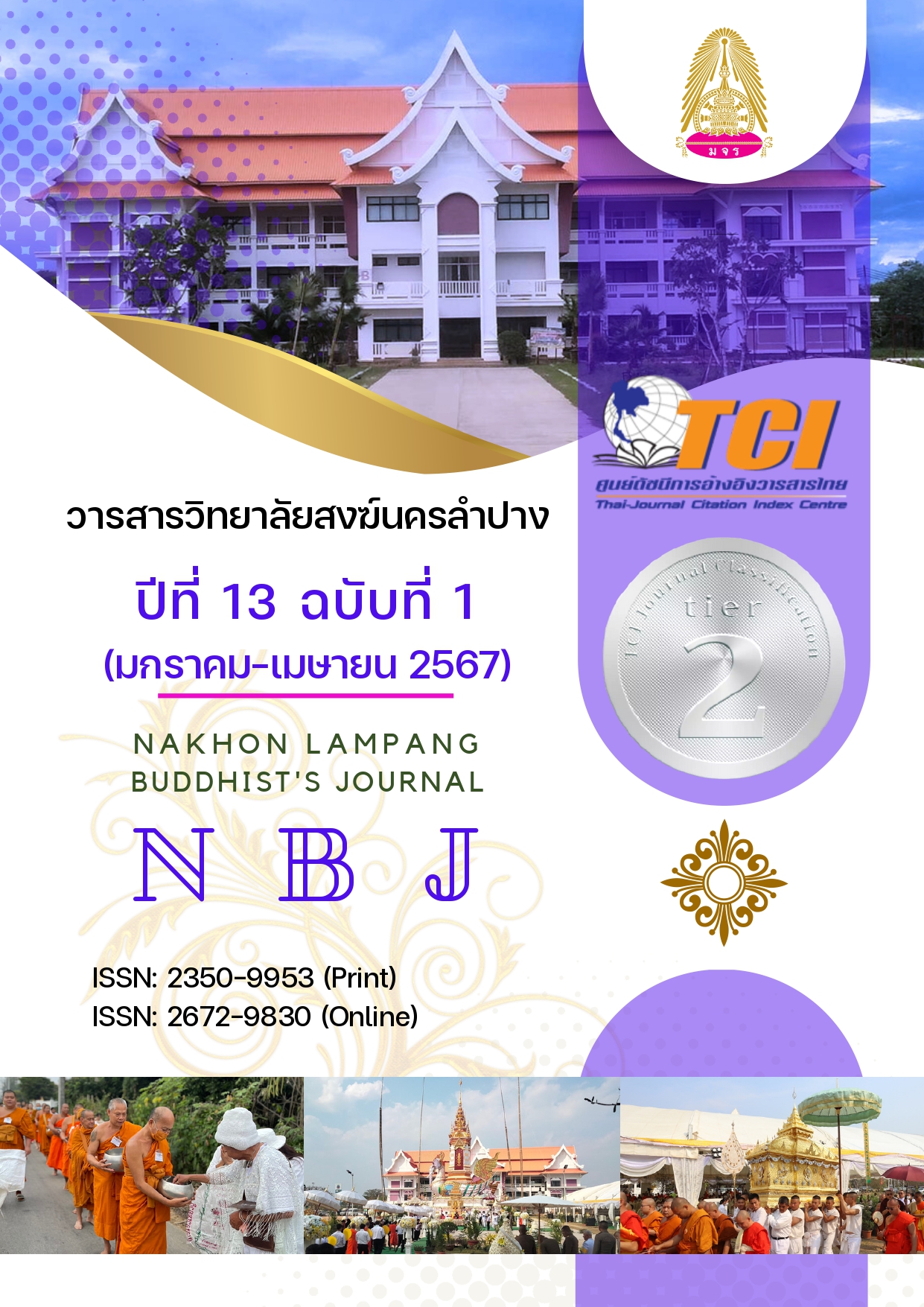แนวทางการเสริมพลังอำนาจของผู้บริหารสถานศึกษา
Main Article Content
บทคัดย่อ
การเสริมพลังอำนาจของผู้บริหารสถานศึกษาเพื่อพัฒนาการบริหารงานของสถานศึกษา โดยได้ดำเนินการวิเคราะห์และสังเคราะห์เอกสาร การเสริมสร้างพลังอำนาจของผู้บริหาร ซึ่งประกอบด้วยองค์ประกอบและแนวทางการบริหารแบบเสริมพลังอำนาจของผู้บริหารสถานศึกษา 3 องค์ประกอบ คือ องค์ประกอบระดับบุคคล องค์ประกอบระดับทีมงาน และองค์ประกอบระดับองค์กร โดยมีเงื่อนไขการเสริมพลังอำนาจของผู้บริหาร 6 ประการ 1) คุณลักษณะ 2) ทักษะ 3) สัญญาแห่งความสำเร็จ 4) การนิเทศตนเอง 5) โครงสร้างและระบบที่ช่วยเหลือเกื้อกูล 6) ภาระหน้าที่การประเมินตนเอง และดำเนินการตามกระบวนการเสริมสร้างพลังอำนาจ 5 ขั้นตอน 1) การกำหนดผลลัพธ์ที่ต้องการ 2) การกำหนดแนวทางการดำเนินงาน 3) การระบุทรัพยากร 4) การกำหนดภาระหน้าที่ 5) การกำหนดผลที่ตามมา โดยการเสริมพลังอำนาจของผู้บริหารต้องดำเนินการตามแนวทางต่างๆ ได้แก่ การพัฒนาทักษะวิชาการการพัฒนาทักษะผู้นำ การสร้างเครือข่ายที่แข็งแกร่ง การสร้างทีมงานที่เข้มแข็ง มีการสื่อสารอย่างมีประสิทธิภาพ การสร้างวัฒนธรรมองค์กรที่สร้างสรรค์และสนับสนุนการแลกเปลี่ยนเรียนรู้ การติดตามและประเมินผลการเสริมสร้าง การสนับสนุน
การอำนวยความสะดวก การให้คำปรึกษา การเป็นพี่เลี้ยง การให้ความร่วมมือ ซึ่งเมื่อดำเนินการตามที่กล่าวมาแล้ว การเสริมสร้างพลังอำนาจจะส่งผลให้เกิดการพัฒนาอย่างมีประสิทธิภาพ ทั้งในระดับบุคคล ระดับทีมงาน และระดับองค์กร ซึ่งผู้ที่จะได้รับการเสริมพลังอำนาจโดยตรงคือ ครูและบุคลากร และเมื่อครูและบุคลากรเกิดการพัฒนาให้สามารถทำงานอย่างเต็มศักยภาพก็จะส่งผลให้นักเรียนได้รับการพัฒนาอย่างมีประสิทธิภาพตามไปด้วย
Article Details

อนุญาตภายใต้เงื่อนไข Creative Commons Attribution-NonCommercial-NoDerivatives 4.0 International License.
เอกสารอ้างอิง
Brown, R. (1986). Social psychology. Simon and Schuster. New York: Free Press.
Chomsawai, T., Sathapornpotchana S., & Chalayawathet, N. (2020). Empowerment for teachers in the 21st century. Journal of Corporate Management and Local Innovation, 6(1), 123 -136.
Conger, J. A., & Kanungo, R. N. (1998). Charismatic leadership in organizations. Sage Publications. New York: SAGE Publications, Inc.
Covey, S.R. (1991). Principle-Centered Leadership. New York: Simon and Schuster.
Greasley, P. E., & Bocârnea, M. C. (2014). The relationship between personality type and the servant leadership characteristic of empowerment. Procedia-Social and Behavioral Sciences, 124, 11-19.
Gunden, E., & Crissman, S. (1992). Leadership skills for empowerment. Nursing Administration Quarterly, 16(3), 6-10.
Jones, J. E., & Bearley, W. L. (1988). Empowerment: The challenge and the promise. King of Prussia, PA: Organization Design and Development, Inc.
Office of the Basic Education Commission, Ministry of Education. (2009). Strategic plan. Raising the quality of secondary education, fiscal year 2009-2012. Bangkok: Chamchum Printing House. Agricultural Cooperative of Thailand Limited.
Phoklin, S. (2017). Effective administration of modern educational institutions. Ubon Ratchathani: Yongsawat Intergroup.
Ritrod, P. (2013). Empowerment-based basic educational institution administration model. Journal of Education Naresuan University, 15(1), 60-69.
Salge, C., Glackin, C., & Polani, D. (2014). Empowerment–an introduction. Guided Self-Organization: Inception, 67-114.
Scott, C.D. & Jaffe, D. T. (1991). Empowerment: Building a committed Workforce. California: Koga Page .
Spreitzer, G. M. (1997). Toward a common ground in defining empowerment. In National Academy of Management Meetings, 1995, Vancouver, BC, Canada; An earlier version was presented at the aforementioned conference. Elsevier Science/JAI Press.
Thomas, K. W., & Velthouse, B. A. (1990). Cognitive elements of empowerment: An “interpretive” model of intrinsic task motivation. Academy of management review, 15(4), 666-681.

